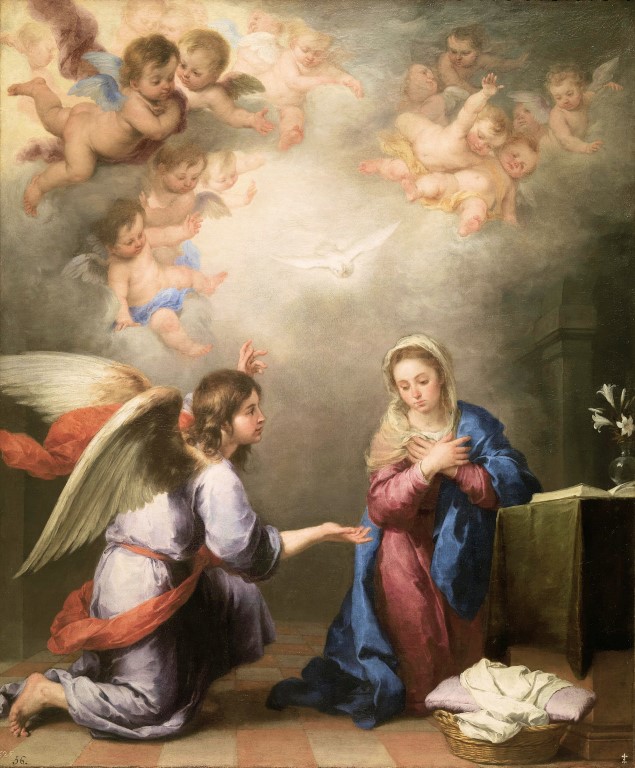"Alter ad Alterum" chant colloquium
Yesterday I had to miss the colloquium given by Professor László Dobszay. It was just impossible in the midst of parish work that had to be attended to after coming back from Lourdes. I was very sorry to miss it, both because of the quality of Professor Dobszay's work and because of the lost opportunity to meet many friends who were there. Here is a report of the day from the Society of St Catherine of Siena:
On Monday 1st June, the Society of St Catherine of Siena in collaboration with the London Oratory School held a colloquium on the possibilities for chant at Mass and other occasions. Entitled ‘Alter ad Alterum: The Seraphic Voice in the Liturgy’, the colloquium was led by the renown liturgist and musicologist, Professor László Dobszay, Fellow of the Hungarian Academy of Sciences and member of the faculty of the Ferenc Liszt Academy of Music in Budapest. The colloquium began with the office of None, after which followed two very full and generous presentations from Prof. Dobszay. Drawing especially on his long experience of fostering and developing traditional chant in the vernacular and in Latin, at all forms of the Roman rite and with different kinds of parish and school choirs, his talks were illustrated with pages of music and text, and with both audio and video clips of singing in various liturgical and parish settings. These ranged from the professionally produced recordings of the Schola Hungarica which he directs, to the singing at Mass of a small rural, predominately peasant and illiterate parish in eastern Hungary. Indeed the 40-plus colloquium attendants, among whom were eminent musicians as well as students, were given a number of opportunities for actuosa participatio when asked to sight read and become themselves the illustration!
If the first presentation gave an overview of what has been developed over the past two decades of his work with church music and musicians, the second moved into the uncharted waters of the future. Convinced that the adaptations of the Graduale Simplex, published by the Vatican in 1967 are republished in 1970 in a version arranged for the Missal of that year, were unsuccessful, Prof Dobszay laid out his initial proposal for a Graduale Parvum for parish use. He showed how the chant might accommodate changes in language, with for example the cantor singing the verse in Latin and the congregation responding in the vernacular, and further how it is adaptable to the abilities of singers from the most simple to the average to the most advanced and expert. His obvious warm enthusiasm for this project was infectious and, having already composed a version in Hungarian, he now welcomed collaborators in the work of producing the Latin / English version.
Prof Dobszay is well known for the questions he has raised about the consolidation of diverse musical traditions following the liturgical reforms of the Council of Trent. His own appreciation of older practices like the additional singing of sequences after the Alleluia, of local diocesan uses (Ambrosian, Sarum, and so on), and of adaptations of vernacular language and folk music to existing chants are both challenging and controversial. They are however firmly rooted in years of painstaking and extensive research into historical sources that he has gathered, analysed and edited for publication, and in a deeply held conviction that the possibility for other musical alternatives need not mean that ‘anything goes’, nor that the worst and most banal music is introduced into the liturgy. Rather he would understand Sacrosanctum concilium as an opening for the most elevated and noble musical expressions to be developed organically from out of the Church’s rich and complex tradition, which is where his own considerable efforts and achievements lie. This is precisely the kind of debate concerning the liturgy that the Society’s new journal, Usus Antiquior, expects to advance and so it was a great privilege to be in the presence of so expert and humble a master. The day concluded with drinks in the sunshine of the tutors’ garden.

